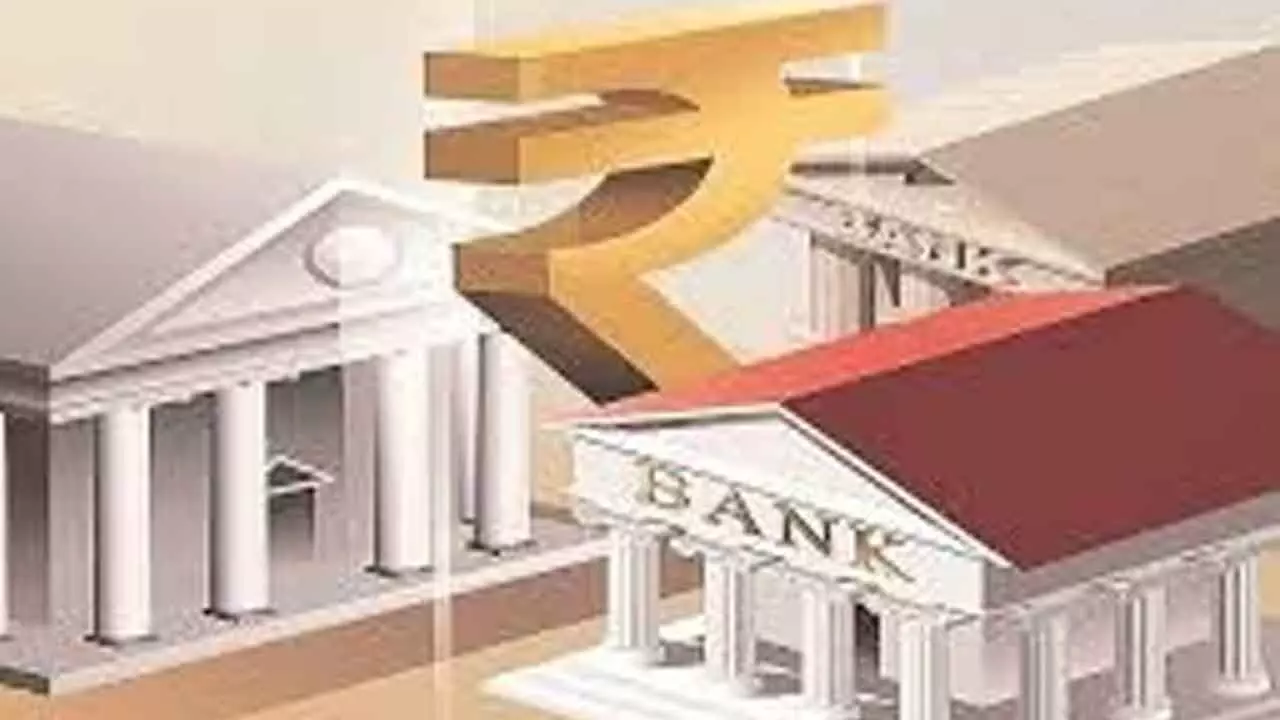Why NDA govt banking on privatisation of PSBs
Finance Minister asserts that privatisation won’t derail financial inclusion, arguing that professional autonomy, not government control, drives stronger, more inclusive banks
Why NDA govt banking on privatisation of PSBs

Despite 50 years of nationalisation, the objectives that were not entirely achieved. After we professionalised the banks, those objectives are still being beautifully achieved. So, this perception that when you try to make them professional, and if you want to privatise them, which is a Cabinet decision, that objective of reaching to all people, taking banking to everybody will be lost... is incorrect, said Finance Minister Nirmala Sitharaman
Finance Minister Nirmala Sitharaman allayed apprehension that privatisation of state-owned banks would hurt financial inclusion and national interest.
She said the bank nationalisation done in 1969 has not yielded the desired result as far as financial inclusion was concerned. Addressing the student at the Diamond Jubilee Valedictory Lecture at Delhi School of Economics (DSE), University of Delhi here, she said that nationalisation did help in pushing priority sector lending and government programmes, but government control made public sector banks unprofessional.
Despite 50 years of nationalisation, the objectives that were not entirely achieved, she said, adding, “after... we professionalised the banks, those objectives are still being beautifully achieved. So, this perception that when you try to make them professional, and if you want to privatise them, which is a Cabinet decision, that objective of reaching to all people, taking banking to everybody will be lost... is incorrect.” Recalling that misuse of public sector banks in the past, she said it has resulted in balancsheet impairment.
“You must have heard this expression of twin balance sheet problem in 2012-13 and to correct that, it took us nearly six years after Prime Minister Narendra Modi came into power. Now I am confident to say our Indian banks stand out exemplary in terms of the asset quality, in terms of the NIM, in terms in terms of credit and deposit growth and also in terms of financial inclusion,” she said.
She emphasised that when banks are allowed to function professionally and the decisions are board driven, “every objective of the national interest and also the banking interest, will be served”. As part of the privatisation exercise, the government in January 2019 sold its controlling 51 per cent stake in IDBI Bank to Life Insurance Corporation of India (LIC).
Subsequently, the government and LIC announced plans for strategic sale of their stake in IDBI Bank. In October 2022, both shareholders had invited EoI (Expression of Interest) from investors for privatising IDBI Bank by selling a total of 60.72 per cent stake. This includes a 30.48 per cent stake of the Government of India and 30.24 per cent of LIC. Pursuant to inviting EoIs in October 2022, the DIPAM, in January 2023, received multiple EoIs for IDBI Bank.
Paving the way for the sale of IDBI Bank, Sebi in August 2025 has approved the reclassification of Life Insurance Corporation as a public shareholder from promoter of the bank on completion of strategic divestment in the lender. Besides, the government had undertaken consolidation of public sector banks.
In the biggest consolidation exercise in the banking space, the government in August 2019 had announced four major mergers of public sector banks, bringing down their total number to 12 from 27 in 2017. Effective April 1, 2020, United Bank of India and Oriental Bank of Commerce were merged with Punjab National Bank; Syndicate Bank was merged with Canara Bank; Allahabad Bank was amalgamated with Indian Bank; and Andhra Bank and Corporation Bank were consolidated with Union Bank of India.
In 2019, Dena Bank and Vijaya Bank were merged with Bank of Baroda. Prior to this, the government had merged five associate banks of SBI and Bharatiya Mahila Bank with the State Bank of India.

